Cells, Free Full-Text
Por um escritor misterioso
Last updated 29 maio 2024

The genus Aspergillus, one of the most abundant airborne fungi, is classified into hundreds of species that affect humans, animals, and plants. Among these, Aspergillus nidulans, as a key model organism, has been extensively studied to understand the mechanisms governing growth and development, physiology, and gene regulation in fungi. A. nidulans primarily reproduces by forming millions of asexual spores known as conidia. The asexual life cycle of A. nidulans can be simply divided into growth and asexual development (conidiation). After a certain period of vegetative growth, some vegetative cells (hyphae) develop into specialized asexual structures called conidiophores. Each A. nidulans conidiophore is composed of a foot cell, stalk, vesicle, metulae, phialides, and 12,000 conidia. This vegetative-to-developmental transition requires the activity of various regulators including FLB proteins, BrlA, and AbaA. Asymmetric repetitive mitotic cell division of phialides results in the formation of immature conidia. Subsequent conidial maturation requires multiple regulators such as WetA, VosA, and VelB. Matured conidia maintain cellular integrity and long-term viability against various stresses and desiccation. Under appropriate conditions, the resting conidia germinate and form new colonies, and this process is governed by a myriad of regulators, such as CreA and SocA. To date, a plethora of regulators for each asexual developmental stage have been identified and investigated. This review summarizes our current understanding of the regulators of conidial formation, maturation, dormancy, and germination in A. nidulans.
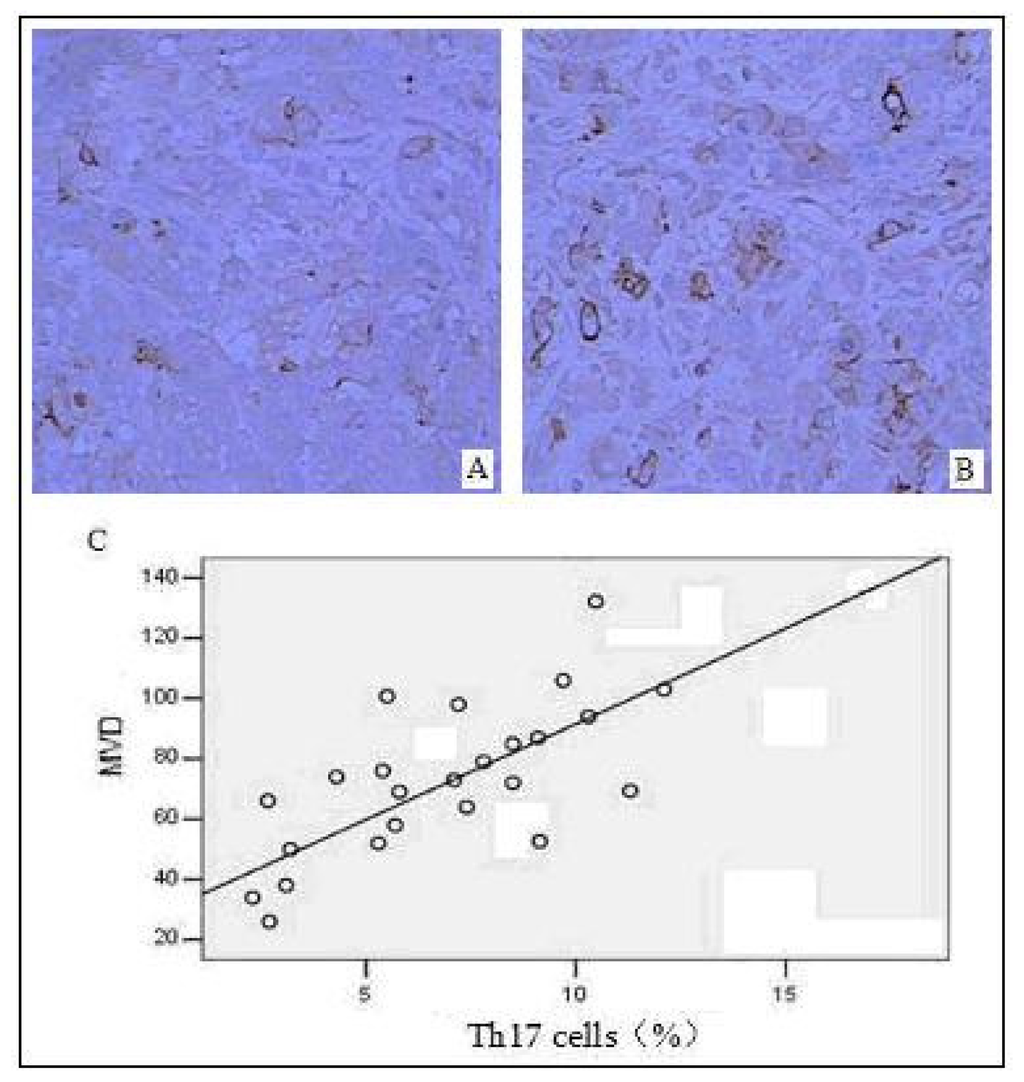
IJMS, Free Full-Text
THE LIVES OF A CELL : LEWIS THOMAS : Free Download, Borrow, and Streaming : Internet Archive

Electrochemical characterization of anode‐free K‐metal full‐cells. a)
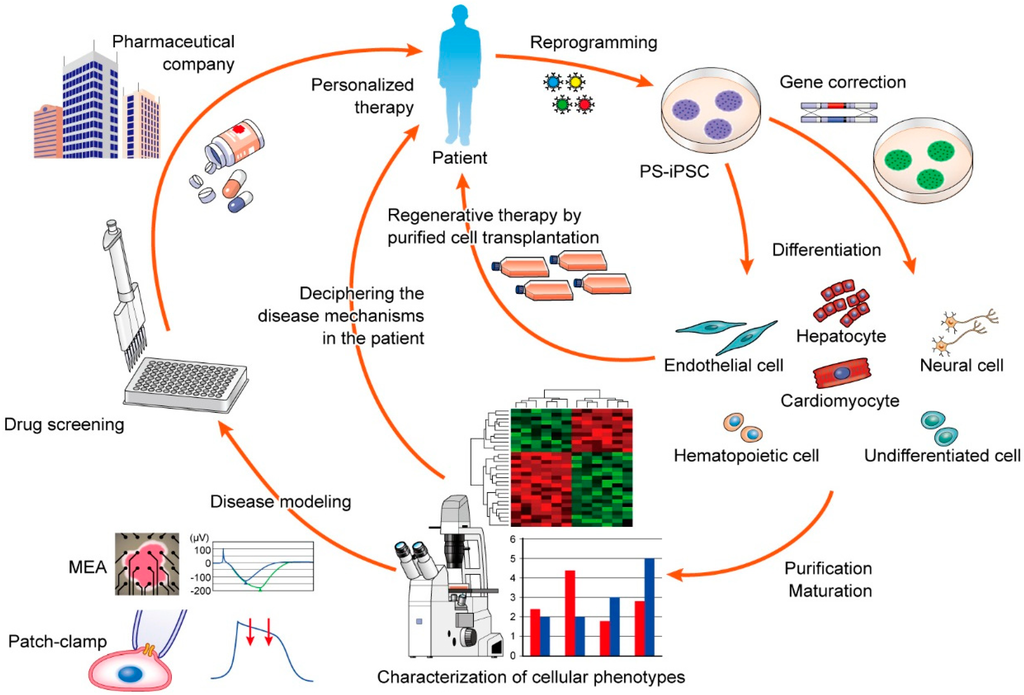
IJMS, Free Full-Text
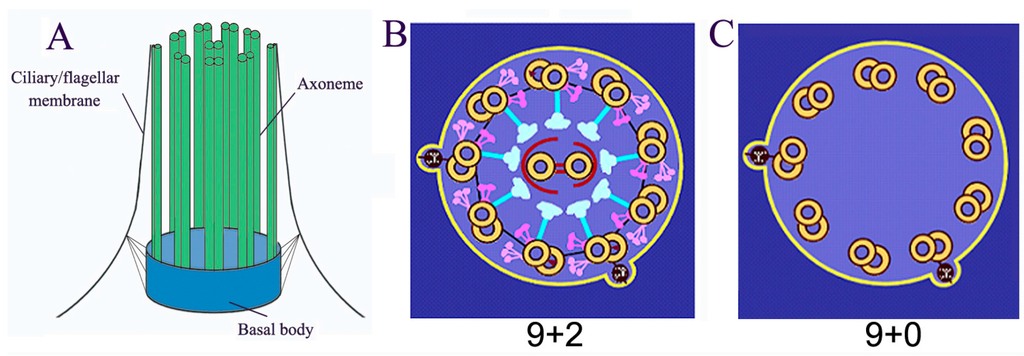
Cells, Free Full-Text
Labile coat: reason for noninfectious cell-free varicella-zoster virus in culture. - Abstract - Europe PMC
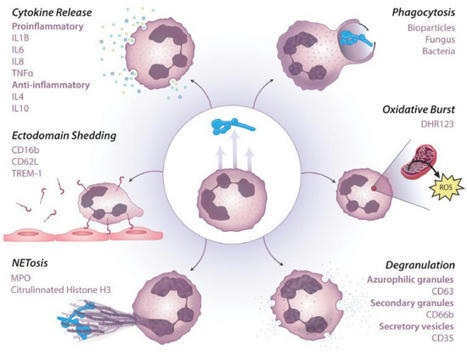
from Flow Cytometry to Cytomics, Page 2
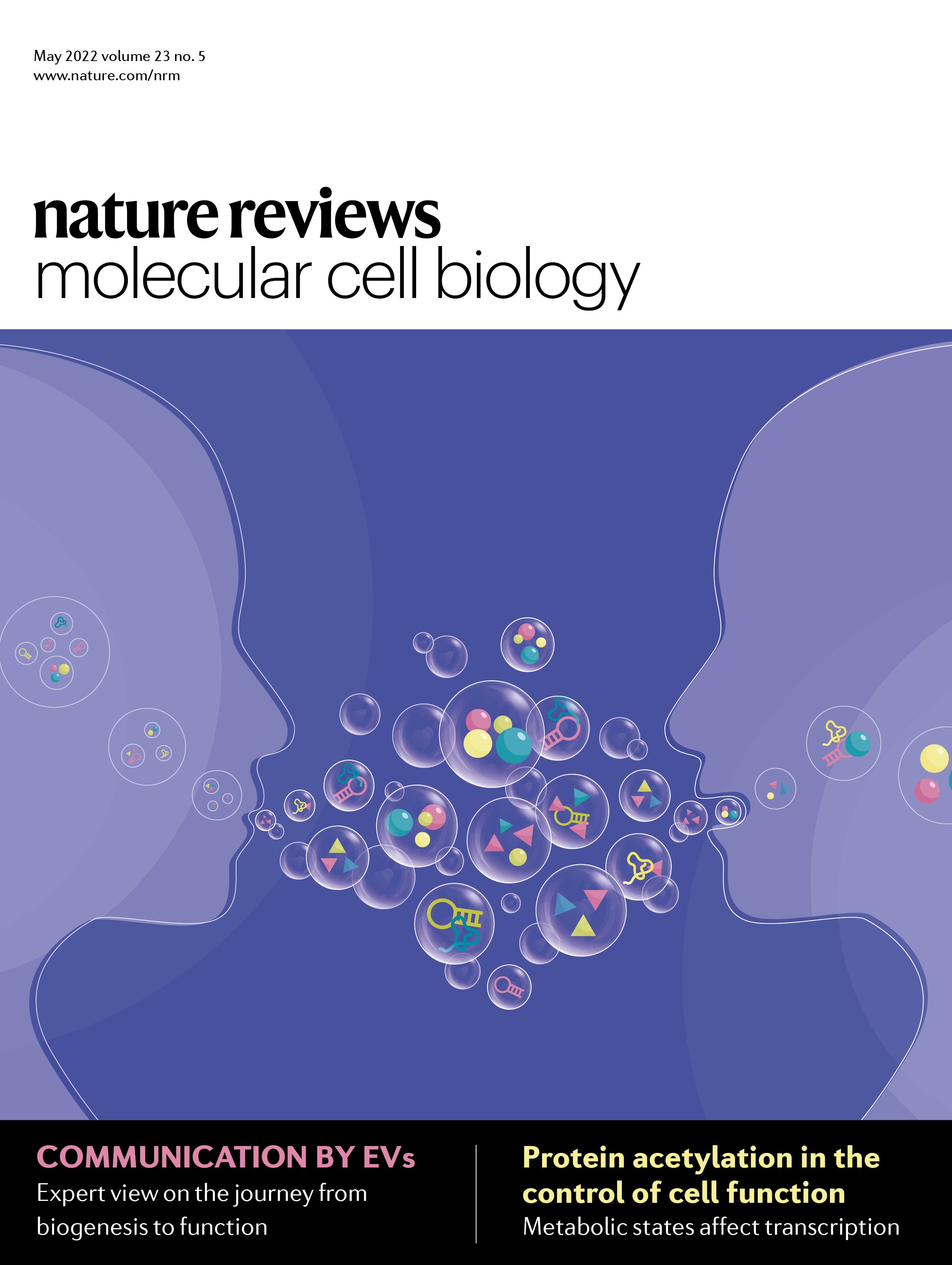
Nature Reviews Molecular Cell Biology on X: From May cover Challenges and directions in studying cell–cell communication by #ExtracellularVesicles @DaveCarter1234 @guillaume_niel @VaderPieter Clayton Lambert & Raposo #EVsAreCool FREE pdf: https

Scheme of cell free cloning using DMF. ( A ) The full length construct
Recomendado para você
-
 Luffy Vetores, Ícones e Planos de Fundo para Baixar Grátis29 maio 2024
Luffy Vetores, Ícones e Planos de Fundo para Baixar Grátis29 maio 2024 -
king of pirates - Roblox29 maio 2024
-
🗿🍷 #calvaodecria #😎👌 #dxpz_gamer #robloxedit #roblox29 maio 2024
-
![1043] Bald Luffy : r/OnePiece](https://i.redd.it/jtfjbsll32k61.jpg) 1043] Bald Luffy : r/OnePiece29 maio 2024
1043] Bald Luffy : r/OnePiece29 maio 2024 -
 Weightlifter PNGs for Free Download29 maio 2024
Weightlifter PNGs for Free Download29 maio 2024 -
 O Doutor Nerd: 201729 maio 2024
O Doutor Nerd: 201729 maio 2024 -
 2 TURN EVENT BOSS DEMONIC BEAST GLOOM - Grand Cross29 maio 2024
2 TURN EVENT BOSS DEMONIC BEAST GLOOM - Grand Cross29 maio 2024 -
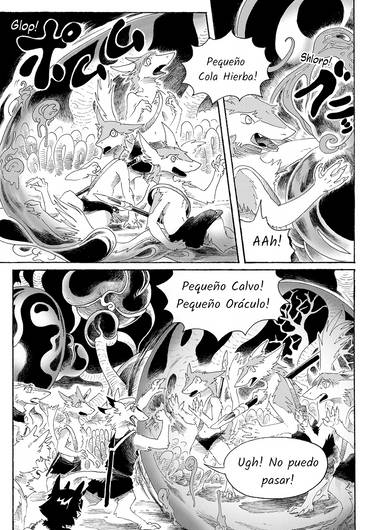 Explore the Best Pag82 Art29 maio 2024
Explore the Best Pag82 Art29 maio 2024 -
 Goku Luffy Naruto - Norway29 maio 2024
Goku Luffy Naruto - Norway29 maio 2024 -
 Goku Luffy Naruto - Sweden29 maio 2024
Goku Luffy Naruto - Sweden29 maio 2024
você pode gostar
-
 Lupin The III x LoL crossover fanart made by me! : r/leagueoflegends29 maio 2024
Lupin The III x LoL crossover fanart made by me! : r/leagueoflegends29 maio 2024 -
Meme Review Hypixel Forums29 maio 2024
-
Reinstall & re-enable apps - Android - Google Play Help29 maio 2024
-
 Ficheiro:Assassin creed rogue naval combat.png – Wikipédia, a29 maio 2024
Ficheiro:Assassin creed rogue naval combat.png – Wikipédia, a29 maio 2024 -
 Kaguya-sama Love is War: Una filtración podría haber revelado la29 maio 2024
Kaguya-sama Love is War: Una filtración podría haber revelado la29 maio 2024 -
 Naruto Just Proved He's Actually Konoha's Worst Hokage29 maio 2024
Naruto Just Proved He's Actually Konoha's Worst Hokage29 maio 2024 -
 Guia Fio de Contas de Xangô Orixá Umbanda e Candomblé29 maio 2024
Guia Fio de Contas de Xangô Orixá Umbanda e Candomblé29 maio 2024 -
 Jogo De Juntas Para Motosserra Stihl 066 660 - MERCADOPEÇAS29 maio 2024
Jogo De Juntas Para Motosserra Stihl 066 660 - MERCADOPEÇAS29 maio 2024 -
 Download do APK de Panda tiro bolha pop para Android29 maio 2024
Download do APK de Panda tiro bolha pop para Android29 maio 2024 -
 DanMachi: Is It Wrong to Try to Pick Up Girls in a Dungeon? On the29 maio 2024
DanMachi: Is It Wrong to Try to Pick Up Girls in a Dungeon? On the29 maio 2024

